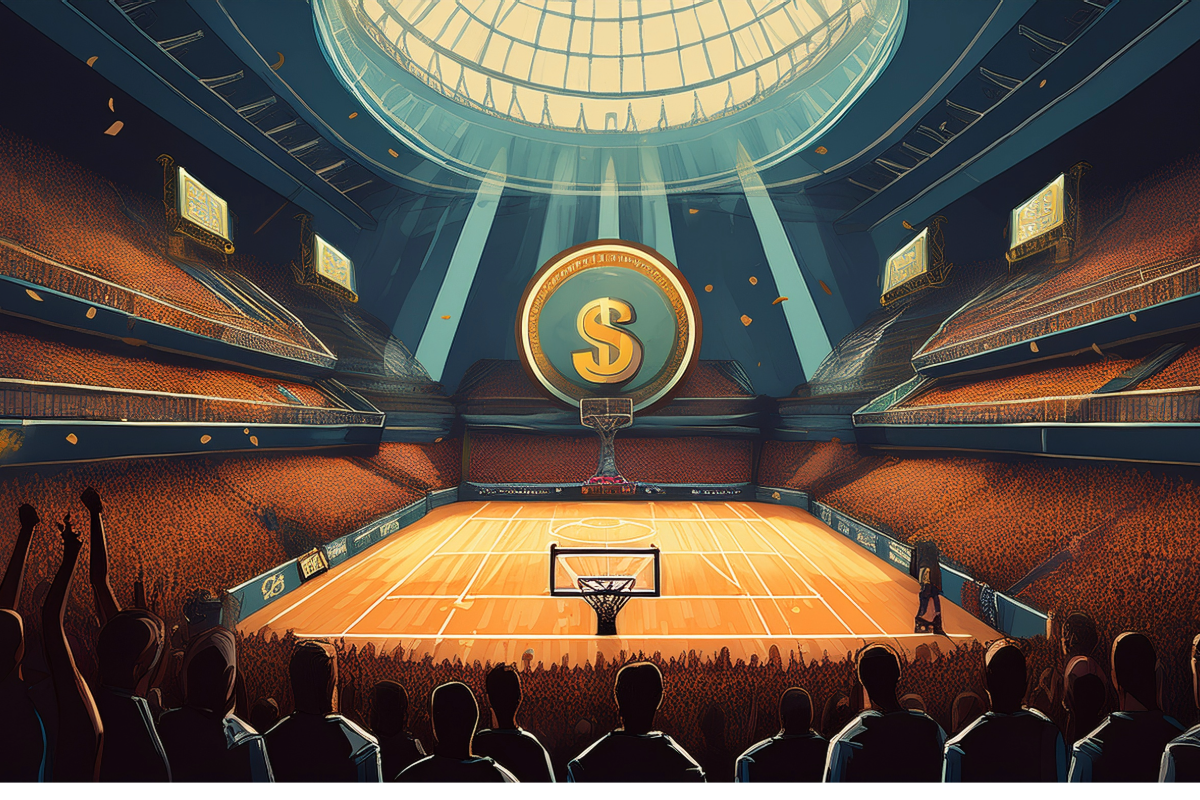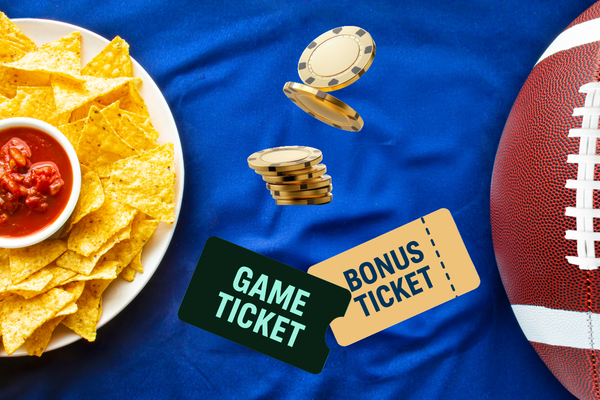Can We Solve The Age-Old Debate? Revenue vs. Attendance

In the competitive world of ticket sales, organizations often find themselves weighing two approaches to fill their venues: maximizing revenue per ticket versus prioritizing attendance, commonly referred to as the "butts in seats" mentality. While both strategies have their merits, finding the right balance can mean the difference between short-term gains and long-term sustainability.
Maximizing Revenue per Ticket: The Premium Approach
This strategy focuses on extracting the highest possible revenue from each ticket sold. It is particularly effective for premium events, high-demand games, and exclusive experiences. Teams, venues, and event organizers using this approach often leverage these types of pricing strategies:
1. Dynamic Pricing
Dynamic pricing allows ticket prices to fluctuate based on real-time demand, competitor pricing, and other market factors. Much like airlines and hotels adjust pricing based on seasonality and demand, ticket sellers use algorithms to optimize revenue. For example, if a playoff game sees a surge in demand, ticket prices automatically increase to capture maximum value.
- Example: Major League Baseball teams, such as the San Francisco Giants, use dynamic pricing models that adjust prices based on factors like opponent strength, weather, and day of the week.
2. Tiered and VIP Pricing
Events with multiple seating or access levels benefit from tiered pricing, where higher-priced tickets come with added perks. Luxury suites, VIP meet-and-greets, and early entry options drive up the per-ticket revenue.
- Example: Music festivals like Coachella and Lollapalooza offer premium passes with VIP lounges, priority entry, and exclusive artist experiences, catering to high-spending attendees while maintaining general admission accessibility.
3. Bundling and Exclusive Packages
Rather than selling a single ticket, organizations package experiences to boost revenue. Bundles may include merchandise, food and beverage credits, or parking passes.
- Example: The NBA’s Golden State Warriors offer courtside ticket holders access to all-inclusive dining and hospitality areas, increasing overall per-fan spending.
Prioritizing Attendance: The "Butts in Seats" Mentality
On the other hand, some organizations prioritize filling as many seats as possible, believing that a packed house leads to a better atmosphere, stronger fan loyalty, and additional revenue from concessions and merchandise. This approach is particularly effective for teams rebuilding their fan base or events with lower demand.
1. Discounted and Group Sales
Offering discounts to students, military personnel, and community groups encourages larger attendance numbers. Group ticket sales also create an opportunity for bulk purchasing.
- Example: Minor league baseball teams often leverage $1 hot dog nights or family packs that bundle four tickets, drinks, and meals at a discounted rate to drive attendance.
2. Subscription and Membership Models
Instead of selling individual tickets, some organizations create subscription models that allow fans to attend multiple games or events for a low monthly fee.
- Example: The Arizona Diamondbacks introduced a "Ballpark Pass," where fans pay a flat monthly rate for access to standing-room-only tickets for every home game, ensuring consistent attendance.
3. Pay-What-You-Want and Flex Pricing
Some organizations experiment with fan-driven pricing models. Pay-what-you-want pricing gives fans the freedom to choose their ticket price, often leading to increased attendance and higher secondary spending.
- Example: Some theaters and non-profit venues have implemented this model successfully, seeing fans pay what they can afford while still enjoying the event.
Finding the Sweet Spot
The reality is that most successful organizations implement a hybrid approach, leveraging aspects of both strategies to maximize financial success while ensuring strong attendance. Here’s how:
1. Data-Driven Pricing Strategies
Teams and venues utilize historical sales data, fan demographics, and purchasing behaviors to optimize ticket pricing and promotions.
2. Upselling and Secondary Revenue Streams
Even when offering low-cost tickets to fill the venue, organizations capitalize on secondary revenue sources like concessions, parking, and merchandise sales.
3. Strategic Promotions and Theme Nights
Combining revenue-generating ticketing strategies with promotions helps teams achieve both goals. Theme nights, celebrity appearances, and giveaways entice fans to attend while keeping ticket revenue high.
- Example: NHL teams have successfully used Star Wars or Marvel theme nights, where a premium-priced ticket includes an exclusive collectible, drawing in both dedicated fans and casual attendees.
Conclusion
Choosing between a revenue-maximizing strategy and a "butts in seats" approach depends on an organization’s goals, market conditions, and event type. The most effective ticketing strategies blend elements of both, using data-driven insights to optimize pricing, drive attendance, and enhance the fan experience. Whether prioritizing premium experiences or ensuring a packed venue, striking the right balance is the key to long-term success in ticket sales.
By combining intelligent pricing models, targeted promotions, and fan-friendly initiatives, teams and event organizers can hit a home run—both financially and in terms of audience engagement.




